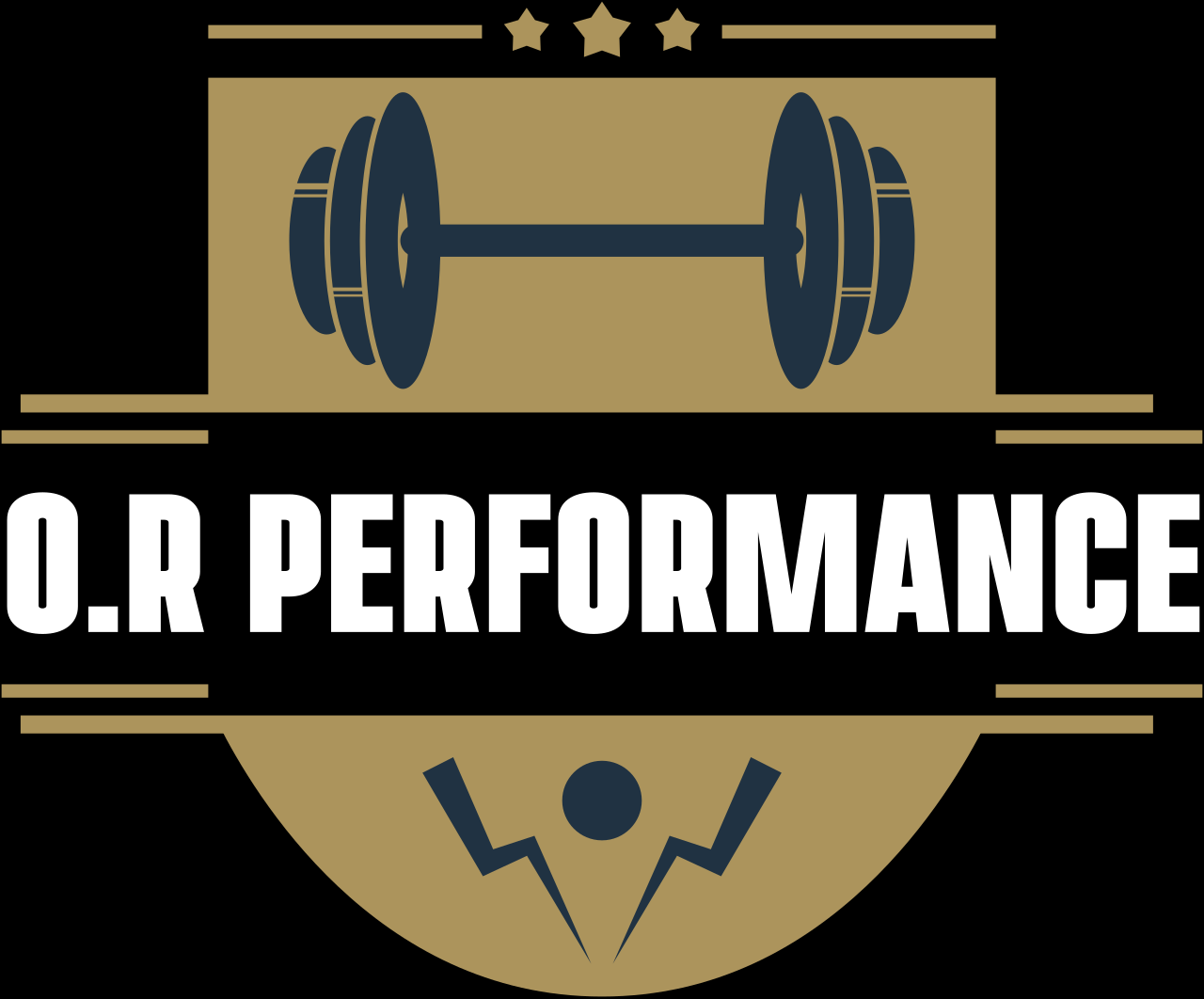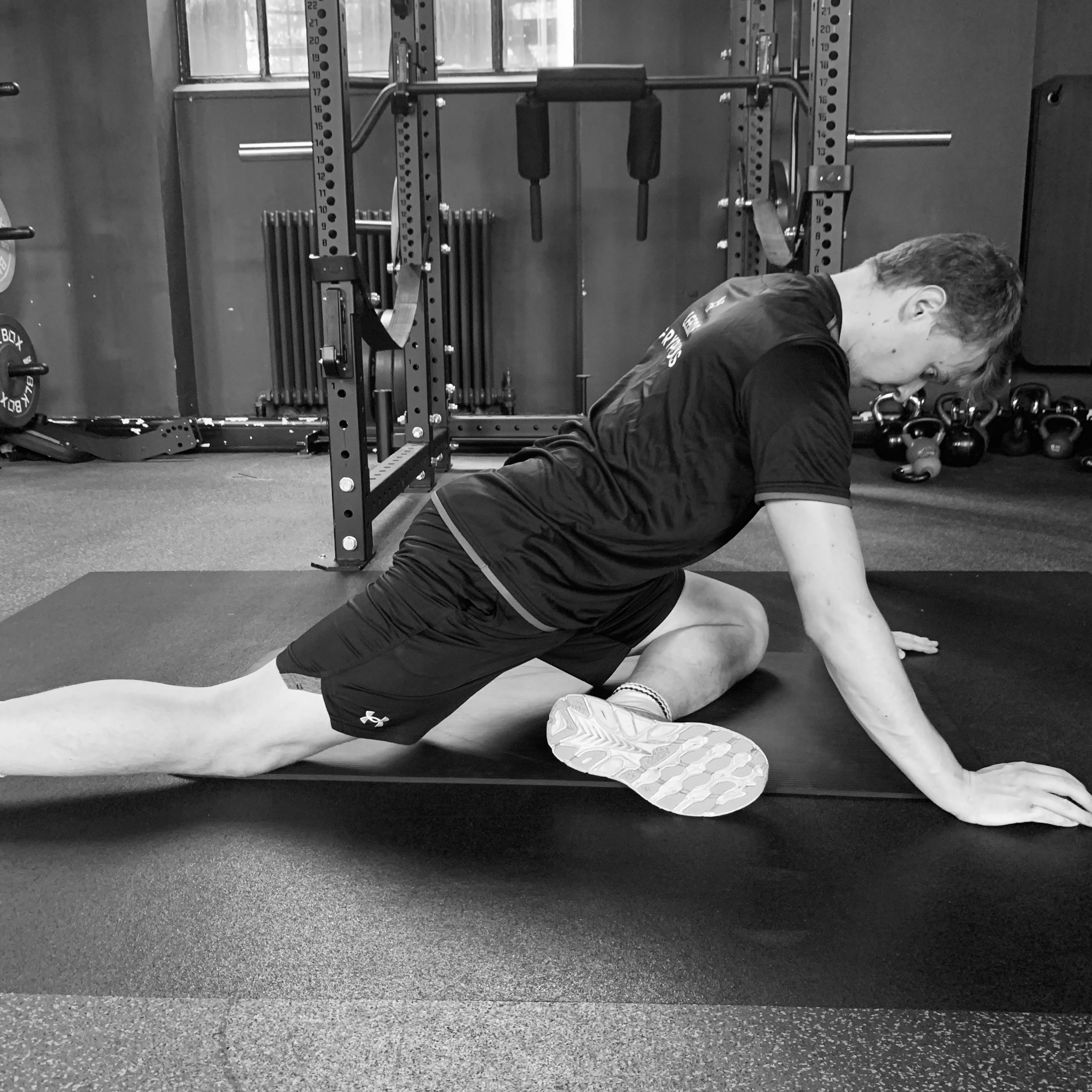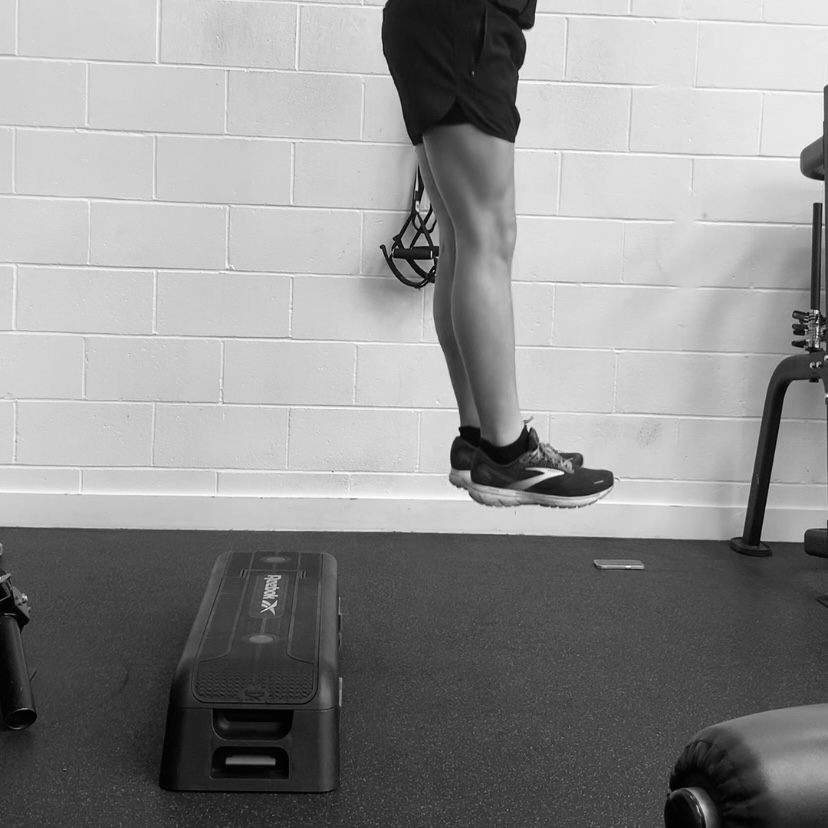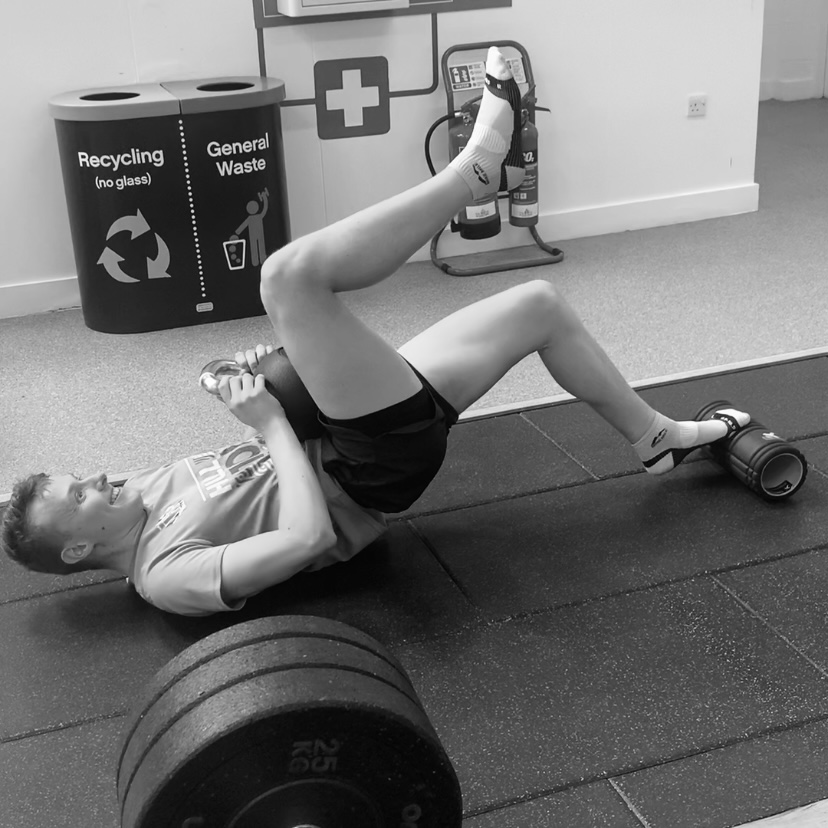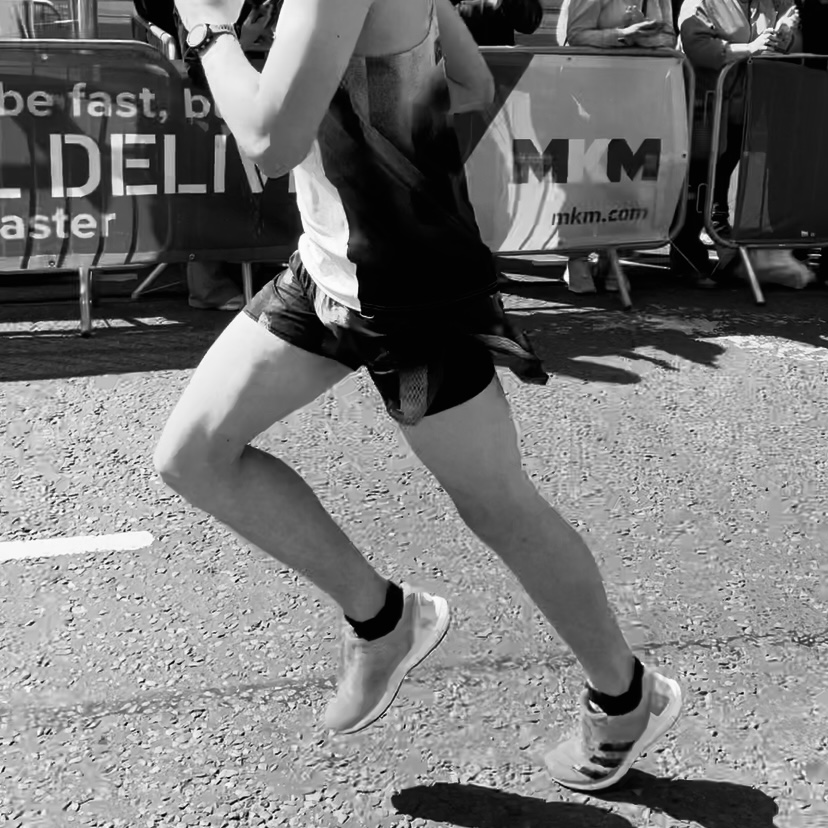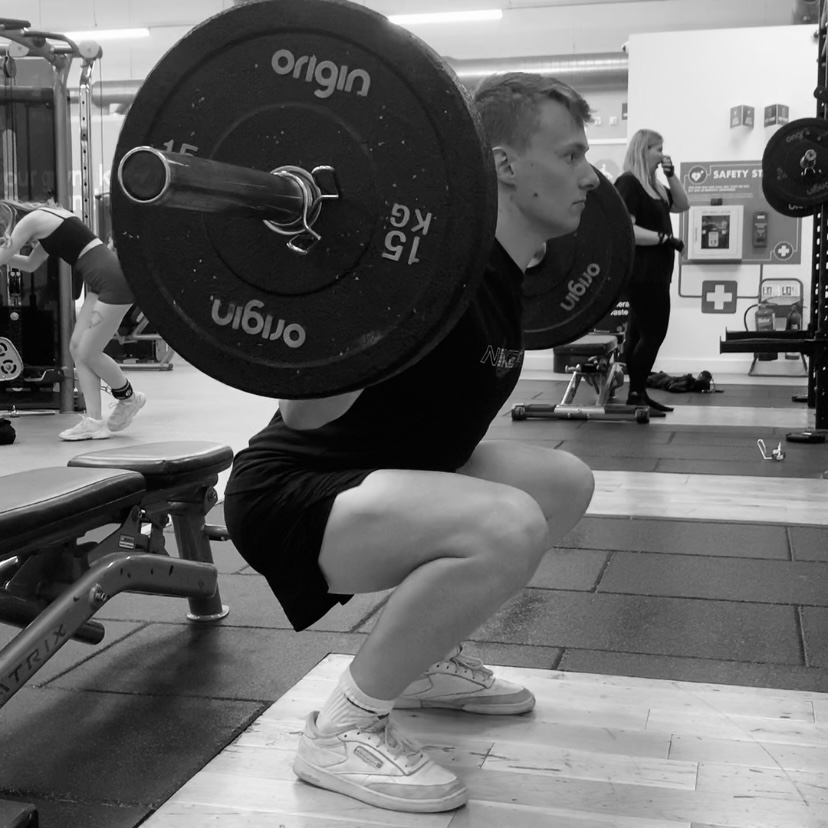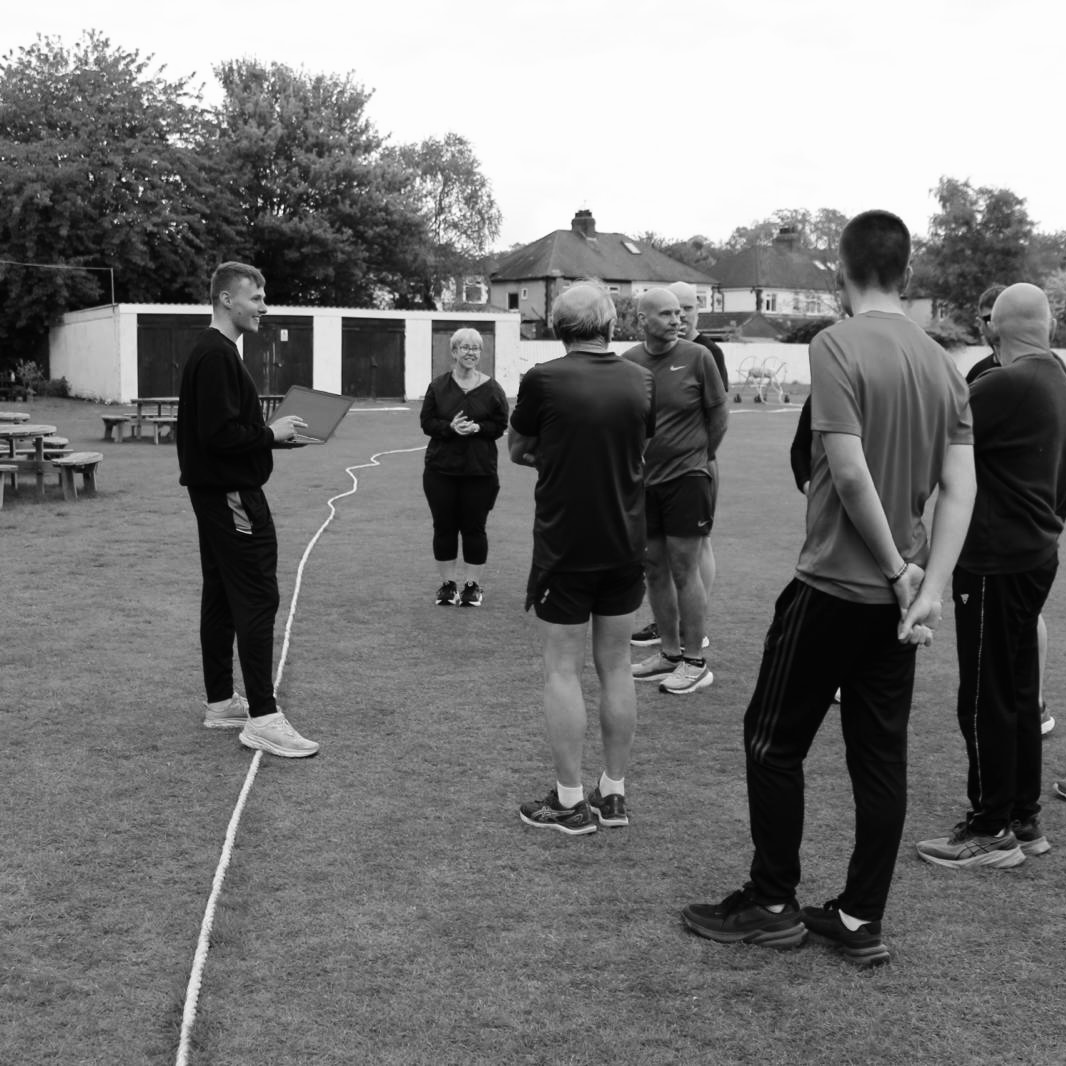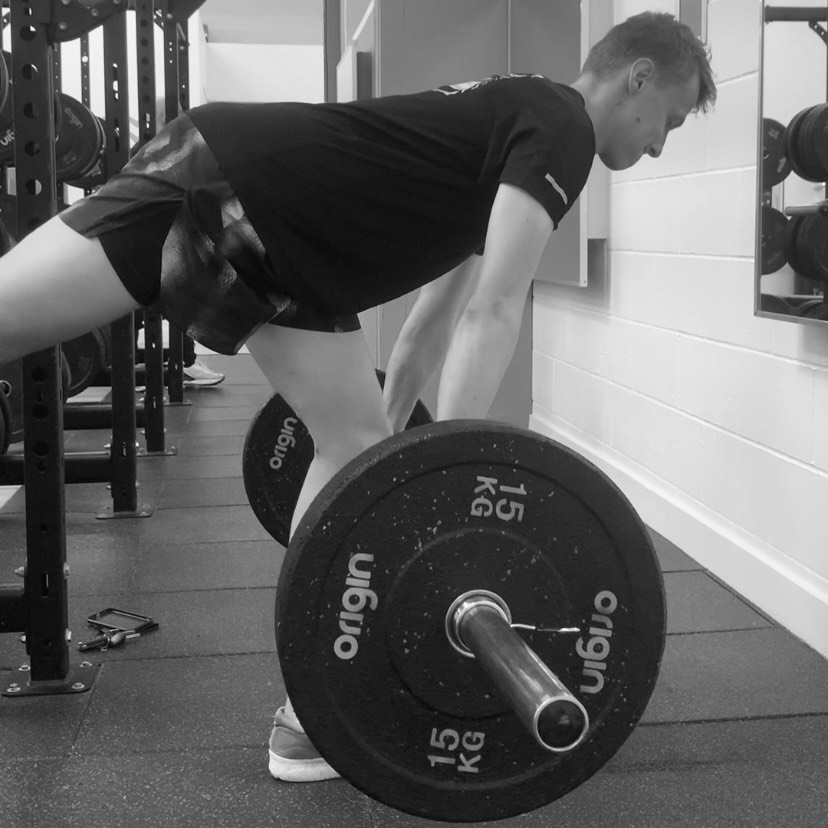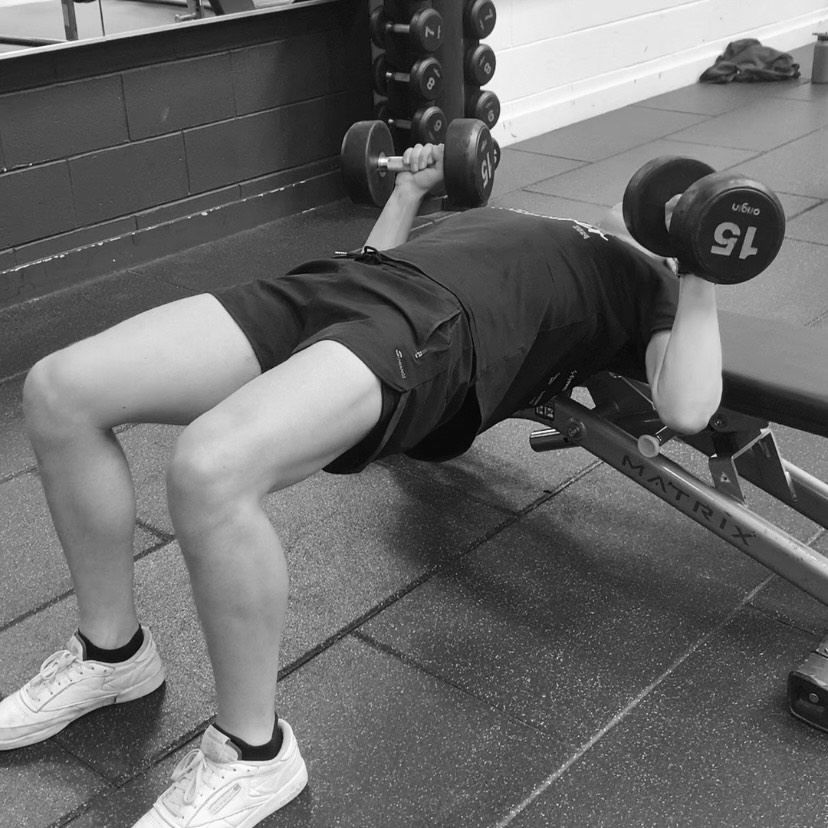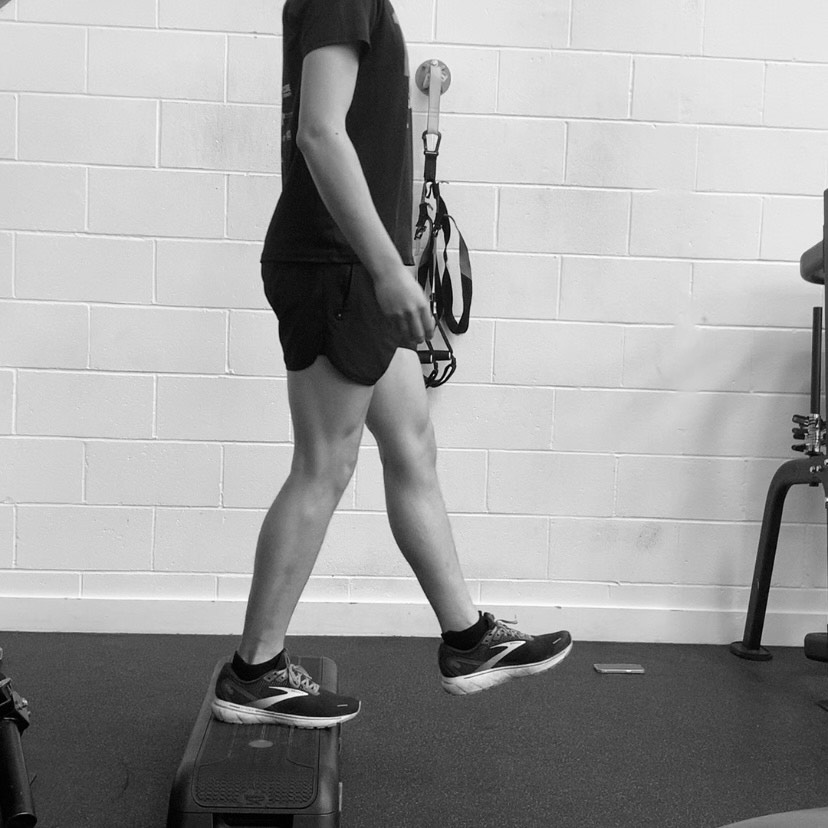Your cart is currently empty!
1% Better Blog
-
You need to think about 3 things for how to get the best stretch – time, intensity and frequency.
-
Runners who regularly do heavy strength training have been shown to have higher bone mineral density – indicating that they are at less of a risk.
-
Prevention is better than cure as is the saying. Tendinopathy is a very preventable injury, like most. Essentially, the line of prevention that is best to take is an extension of end-stage rehab for tendinopathy.
-
You may feel like S&C is just a routine, something you’re in and out to do. S&C doesn’t have to be that way, there are things that can make it more fun and everyone knows, if you’re enjoying your training then you’re likely to race well.
-
These are your most efficient exercises, so if you’re short on time, these are your friends.
-
The aim of structuring your training is to maximise your training efficiency. Efficient training means that you get more improvement in your running for minimum effort and injury risk
-
When introducing S&C into your training a big consideration you want to have is when the best time to do it is. Some people may be fixed to a certain time on a certain day, but it’s still worth evaluating when the best time to train is.
-
The main way in which a stronger upper body will benefit your running is through improving your running economy. Running involves your whole kinetic chain.
-
Because a stiff tendon can provide ‘free’ energy from storing more and releasing more energy upon impact, for a given length of stride, you produce less energy from your muscles
-
Your hamstrings don’t do much in terms of pushing you forward on the run so you might be forgiven for wondering why they get so sore.
